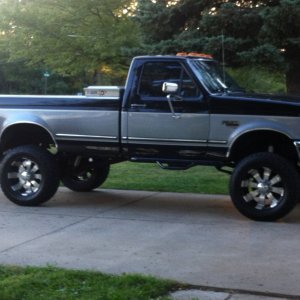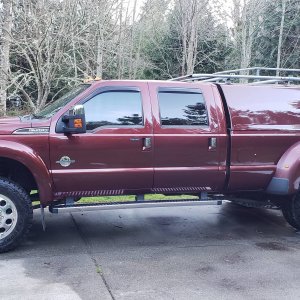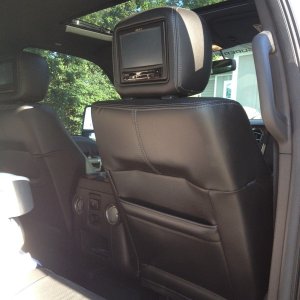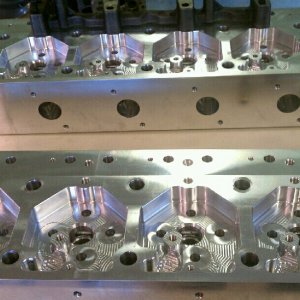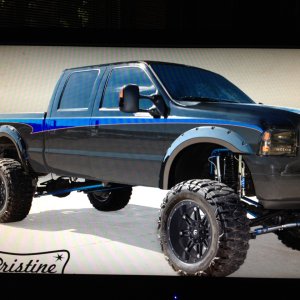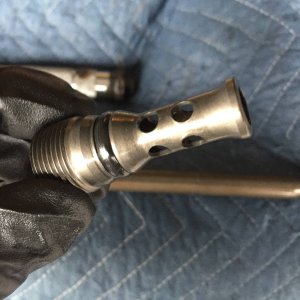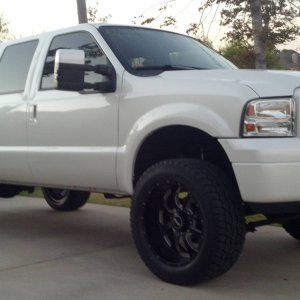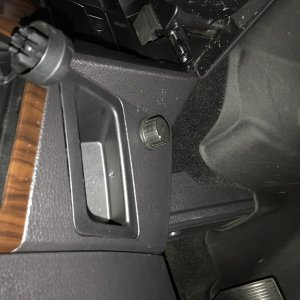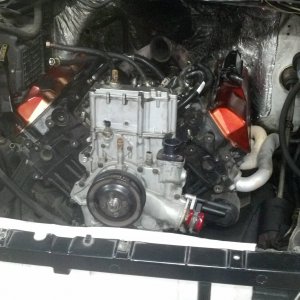I appreciate experienced tuners sharing their views experience and knowledge. A few things however don't add up. One example as said in the first post "smaller nozzles create better atomization which reduce egts" However many who run larger 100% and 200% nozzles report lower egts would this not indicate a more efficient burn? I for one run a 7.3 daily with 200% nozzles and see reduced egts when cruising and at low engine speed at the same time having of course much more power and torque than tiny stock injectors.
Efficient is a term of relativity... depends on what you consider more efficent.
I don't doubt that larger nozzles produce cooler egts and more power in certain conditions. We all know that bigger nozzles make more power up top, no one is disputing that. We all know that bigger nozzles have huge advantages. THE PART YOU ARE MISSING/IGNORING is they also produce less power, and more smoke in ceratin conditions.
Granted... a supercharged setup is not going to be a very good comparison for the average turbo setup. With instant boost you are not as worried about fuel delievery down low like a turbocharged setup that has to wait for the turbo to spool up.
I can tell you from every test we have done, street driving, dyno testing, customer feedback etc... when just switching nozzles it is always the same. You sacrifice top end for bottom end. Yes you can spend time live tuning and tweaking a setup with larger nozzles to run better... BUT IF YOU SPEND THE SAME TIME tweaking the setup and tuning smaller nozzles then you will end up with the exact same results. Top end for bottom end.
Althlough... the more supporting mods you have, the less dramatic the bottom end results become. Basically with enough supporting mods the gains from smaller nozzles become marginal... like when someone adds compounds, supercharger, tons of engine work, etc. The results will be much more obvious on a simple turbo/injector/tune truck.
It has been years since I have swapped nozzles back to back. The knowledge is out there and can be researched in just about every platform. So I have not saved EVERY dyno run I have done. But I did manage to find one that will show what I am talking about.
This is was simply a nozzle swap test with tuning tweaks. NOTHING ELSE WAS CHANGED. Same truck, same dyno, same turbo, same SAE correction factor, etc.
IGNORE THE BLACK AREA... that was just due to starting the dyno run a little later so the truck would not downshift. This was a street tune so if you rolled into too hard it would downshift. If we were to write a dyno tune that never downshifts then the black area would disappear and the green area would be much larger.
GREEN AREA: This is the area where the smaller nozzles will shine. More tq and Hp at lower rpms. Quicker spool up down low. Hot and smokey up top.
BLACK AREA: This is the area where the larger nozzles shine. More HP and TQ in the higher RPM band. The setup was smokier down low and lost a lot of pep for daily driving. The top end power gain was huge and obvious even without a dyno. Truck was a lot harder to tow in this application.
http://s280.photobucket.com/user/chstfish/media/dynopic_zpsfb5dc470.png.html?o=213

